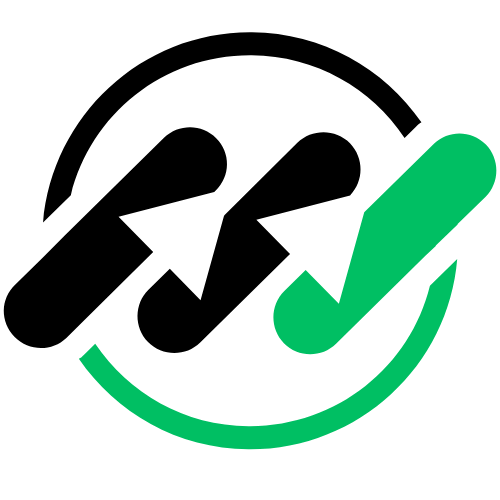In the dynamic world of sales, forecasting methods play a pivotal role. They provide representatives with a roadmap to navigate the future. This blog post delves into the various sales forecasting methods that representatives can use to enhance their performance and drive business growth.
The Importance of Sales Forecasting
Sales forecasting is an essential tool for any sales representative. It helps predict future sales revenue, which is crucial for planning and decision-making. With accurate sales forecasts, representatives can manage their resources more effectively, align their sales strategies with business goals, and anticipate changes in the market.
Sales forecasting also aids in risk management. By predicting potential downturns or upswings in sales, representatives can prepare and respond accordingly. This proactive approach can help mitigate losses during slow periods and capitalize on opportunities during boom times.
Moreover, sales forecasting can enhance customer relationship management. By predicting customer behavior and buying patterns, representatives can tailor their approach to meet customer needs and expectations. This can lead to increased customer satisfaction and loyalty, which are key to long-term success in sales.
Time-Series Forecasting
Time-series forecasting is a popular method used by sales representatives. It involves analyzing historical sales data to predict future trends. The underlying assumption is that past patterns will continue into the future.
There are various techniques within time-series forecasting. Moving averages, for example, calculate the average sales over a specific period to smooth out short-term fluctuations and highlight longer-term trends. Exponential smoothing, on the other hand, assigns more weight to recent data, reflecting the belief that more recent sales are a better predictor of future sales.
Time-series forecasting can be quite accurate if sales patterns are consistent and stable. However, it may not be as effective in volatile markets or when external factors, such as economic conditions or competitive actions, significantly impact sales.
Predictive Analytics
Predictive analytics is another powerful forecasting method. It uses advanced statistical techniques and machine learning algorithms to predict future sales. Unlike time-series forecasting, predictive analytics can incorporate a wide range of factors, including market trends, economic indicators, and customer behavior.
Predictive analytics can provide more accurate and nuanced forecasts. It can identify complex patterns and relationships that may not be apparent with traditional forecasting methods. However, it requires a large amount of high-quality data and advanced analytical skills.
Despite these challenges, predictive analytics is becoming increasingly popular in sales forecasting. As technology advances and data becomes more accessible, more and more sales representatives are leveraging predictive analytics to gain a competitive edge.
Qualitative Forecasting
Qualitative forecasting relies on expert judgment and intuition rather than numerical data. It is often used when historical data is not available or not reliable, such as for new products or markets.
Sales representatives, with their close contact with customers and deep understanding of the market, can provide valuable insights for qualitative forecasting. They can draw on their experience and knowledge to predict future sales trends and customer behavior.
While qualitative forecasting can be subjective and prone to bias, it can also capture factors that quantitative methods may overlook, such as changes in customer preferences or competitive dynamics. Therefore, it can be a useful complement to other forecasting methods.
Sales Force Composite
The sales force composite method involves aggregating sales forecasts from individual representatives to create a company-wide forecast. Each representative estimates their own sales based on their knowledge of their customers and territory.
The sales force composite method can be quite accurate, as it taps into the collective wisdom of the sales team. However, it can also be time-consuming and may be influenced by individual biases or motivations.
To mitigate these issues, some companies use a structured approach, providing guidelines and training to representatives on how to make their forecasts. They may also use statistical techniques to adjust the forecasts and reduce bias.
Choosing the Right Method
Choosing the right sales forecasting method depends on various factors, including the nature of the market, the availability and quality of data, and the skills and resources of the sales team.
In many cases, a combination of methods may be the best approach. For example, time-series forecasting can provide a baseline forecast, which can be refined with predictive analytics and supplemented with qualitative insights from the sales team.
Regardless of the method chosen, it is important to regularly review and update the forecast as new data becomes available and conditions change. This will ensure that the forecast remains relevant and useful for decision-making.
Wrapping Up Sales Forecasting Methods for Representatives
Sales forecasting is a powerful tool for sales representatives. By choosing and applying the right methods, representatives can predict future sales, plan effectively, and respond proactively to changes in the market. While each method has its strengths and limitations, a combination of methods, tailored to the specific needs and circumstances of the sales team, can yield the best results.

